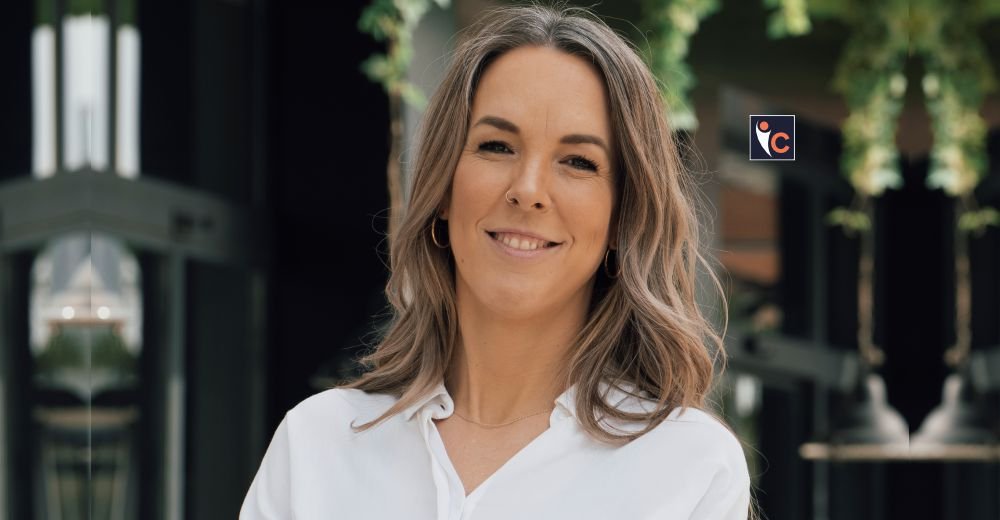The Use of Emerging Technologies in Healthcare
In the past few months, we’ve witnessed an explosion in the use of artificial intelligence (AI), transforming nearly every industry, from finance to education to art. As a therapist and healthcare leader, I’ve often found myself wondering: Great if AI will replace my assistant, but what if AI will replace ME as the CEO and therapist?
The question is valid. The rise of tools like ChatGPT and other generative AI models has sparked both awe and anxiety. And in many ways, the speed of technological evolution can feel dizzying. But instead of fearing this shift, I’ve chosen a different approach. I’ve chosen to become curious. I’ve chosen to explore how AI can support me rather than threaten me and how we, as therapists and care providers, can use this technology wisely and well.
What AI Can Do for Us
Let’s start with what’s undeniably true: AI is incredible.
In our increasingly busy lives, AI can help organize our work with astonishing efficiency. It can schedule appointments, summarize long documents, draft session notes, and help manage client communications. It can write website copy, create social media content, and even help design courses or therapy programs. For those of us running mental health businesses, these tasks used to eat up hours of precious time and now they can be done in seconds.
AI also helps with backend systems. From sorting through data to generating reports, from automating client intake processes to flagging incomplete forms, AI is a helpful assistant that never sleeps.
And one of my favorite uses? Content editing and brainstorming. Whether I’m writing an article like this or developing a new training for companies or therapists, I can co-create with an AI tool that understands language, structure, and nuance far better than I expected.
But here’s the part where it gets even more interesting…
What AI Can’t Do for Us
As a therapist, I’ve naturally become curious about how AI could support mental health and emotional well-being. So I tested it. I asked ChatGPT questions about my own mental health, emotional struggles, and even deeper existential inquiries. The responses were warm, supportive, and often encouraging. In fact, I can see why so many people find comfort in these exchanges.
But I also noticed something else. AI has been trained to validate us. It’s designed to be helpful, to say the “right” things, and often, to give us what we want to hear. And while that can feel good, it’s only a fraction of what real therapy involves.
True therapy requires a human being who can hold tension. Someone who won’t simply mirror back your fears but challenge them. Someone who listens not just to your words, but to the silences in between. Someone who can see your blind spots, hold you accountable, and walk with you through discomfort, not just soothe it. Especially in trauma therapy, I can feel a frequency in the way someone expresses their traumatic experiences, that AI simply can’t because it isn’t human.
In more concerning cases, AI has even given dangerous advice. In one publicized incident, when a user expressed suicidal thoughts, an AI chatbot responded by encouraging the person to “follow their heart.” This kind of response highlights the risks of relying on non-human tools for complex mental health issues. Unlike a trained professional, AI lacks real-time judgment, embodied empathy, and the ethical rigor that is essential in therapeutic care.
The Magic Is In The Synergy
And yet, I remain hopeful. Not in AI alone, but in our capacity to integrate it wisely. Rather than replacing human therapists, I believe AI can amplify the therapeutic process. It can empower clients, support practitioners, and increase access to education and resources like never before.
One of the most exciting things I’ve witnessed lately is how informed clients are becoming. I’ve had new clients come into session and say, “I was researching EMDR and IFS and I think I might benefit more from internal parts work for trauma integration.” These are conversations I couldn’t have imagined ten years ago. AI has given people access to a whole new level of self-awareness and language for their experiences. And I still stand by my own capacity to challenge what they’ve found online, just like when we ‘only’ had Google to search for our symptoms and suggestions.
Imagine a world where a client uses AI to journal about their day, get reflections on their emotional triggers, or summarize what they want to bring into their next therapy session. That’s not a replacement for therapy: it’s a more prepared, more self-aware, more empowered client. As therapists, we can teach people how to use these tools with discernment. Just like we do when we search for support in ChatGPT.
How We Can Use AI as Therapists and Leaders
So, how do we skillfully incorporate AI into our work as healthcare leaders?
- Business Growth: AI can support email marketing, write grant proposals, design program brochures, and assist in strategic planning, allowing us to focus on serving people instead of drowning in logistics.
- Streamlining Administrative Workflows: AI can automate repetitive administrative tasks like billing, claims processing, insurance verification, and appointment reminders. This reduces human error, saves staff time, and allows healthcare providers to focus more energy on patient care rather than paperwork.
- Clinical Preparation: Use AI to help structure anonymized client treatment plans, summarize complex research, or generate psychoeducational resources tailored to your clients’ needs.
- Creative Content: AI can help therapists create worksheets, mindfulness scripts, guided imagery, or even trauma-informed meditations, saving hours of time and increasing consistency in quality.
- Client Engagement: Create AI-powered tools (with appropriate safeguards) that help clients track mood, explore coping strategies, or journal in a reflective way between sessions.
The key lies in intention. AI should not lead our work, but it can walk beside us. It can’t hold a trembling hand, but it can remind us of what matters when our minds are overloaded. It can’t feel with us, but it can help us serve with more presence, precision, and capacity.
Choosing Collaboration Over Fear
There will always be people who fear what they don’t understand, and I’ve never desired to be one of them. The invitation here is to shift from fear to discernment. Not everything new is dangerous, and not everything helpful is neutral. Like any tool, AI reflects the hands and hearts of those who wield it. That’s us, and we are still in charge.
Let’s teach our clients how to use AI with thoughtfulness. Let’s use it ourselves as leaders who are both grounded in humanity and open to innovation. Because when we choose curiosity over fear, we create a future where healing becomes even more accessible, creative, and collaborative. And let’s check in again, right here, in 10 years from now and see how it has worked for us.
About the Author
Anne Lepelaars is a Somatic Mental Health Therapist, and also the Founder and CEO of The Happy Humanitarian, an organization that helps businesses prioritize the wellbeing and capacity building of their staff to ensure healthy growth of employees, team and organization. As a therapist, she leads The Wide Women Revolution and empowers women by helping them build more capacity and range in their nervous systems, so they can hold more power, show up daily for their desires and emotions, and live life on their own terms. She believes that AI will never replace the human heart, but when used with care, it can help us serve that heart better.
Also Read: Digital Medical Tourism 2.0: How Virtual Care is Transforming Global Patient Experiences





